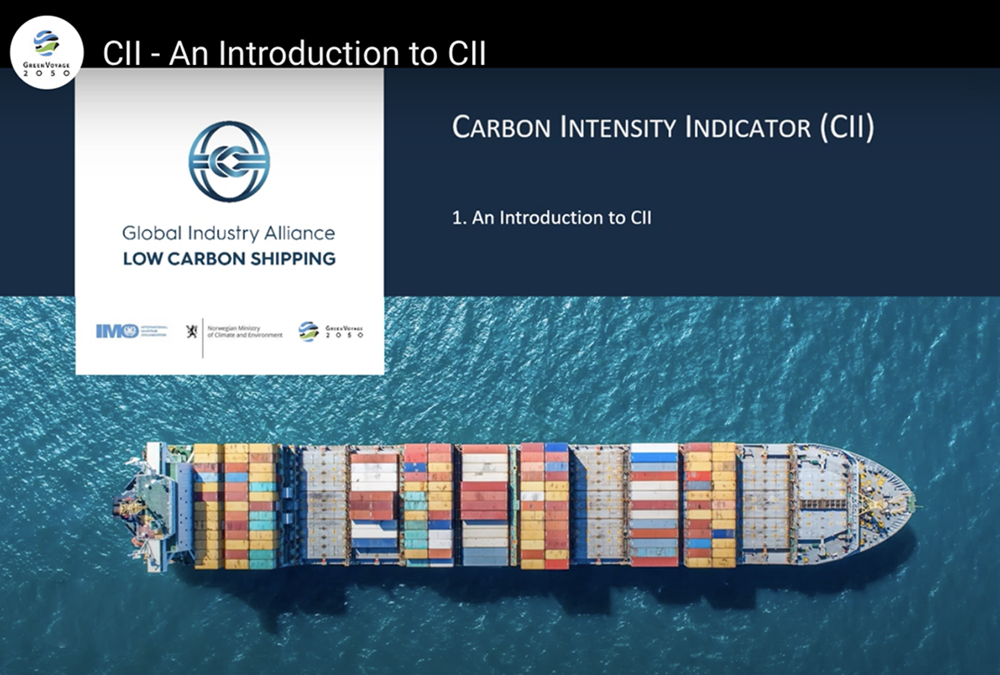Maritime administration personnel, shipowners and operators can get to grips with the mandatory Carbon Intensity Indicator (CII) through a new series of videos.
The videos, developed by the Global Industry Alliance to Support Low Carbon Shipping (Low Carbon GIA), provide an introduction to IMO’s CII requirements and how to navigate them.
The videos - free to access online - are between five and 20 minutes in duration and cover:
An introduction to CII
CII guidelines
A worked example
DCS (Data Collection System) and SEEMP (Ship Energy Efficiency Management Plan)
Certification and verification
Included in the videos is a worked example of how a ship's CII is calculated and converted into its CII rating. Other topics covered include data collection, certification and compliance, and the amending of a SEEMP.
Watch the Carbon Intensity Indicator (CII) video series here: https://greenvoyage2050.imo.org/cii-video-series/
Minglee Hoe, Technical Analyst of the IMO-Norway GreenVoyage2050 Project said:
“Providing support tools to maritime administrations and shipowners/operators who want to understand how CII works is important in helping the industry to navigate meeting CII requirements and improving ship energy efficiency in line with the IMO GHG strategy. Soon we will launch a set of videos developed to support anyone looking to increase their knowledge of the Energy Efficiency Existing Ship Index (EEXI).”
The CII regulation is mandatory under MARPOL Annex VI and took effect in January 2023 as part of IMO’s short-term GHG reduction measure.
The CII rating reflects the operational energy efficiency of ships and is mandatory for ships of 5,000 gross tonnage and above. The actual annual operational CII achieved must be documented and verified against the required annual operational CII. This enables the operational carbon intensity rating to be determined. Based on a ship's CII, its carbon intensity will be rated A, B, C, D or E (where A is the best).
The video series was developed under the Energy efficiency technologies (EETs) and operational best practices workstream of the Low Carbon GIA.
Find out more about the mandatory EEXI and CII measures here.
